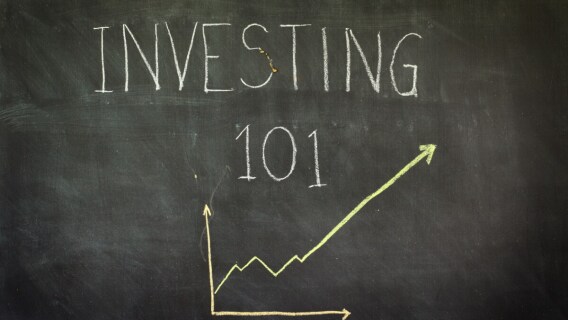It’s been a week since the much anticipated DoorDash IPO, and the stock is down sharply from its opening price. That shouldn’t be a surprise.
After several rounds of price increases, DoorDash (DASH) finally priced at 102, but what happened next is a lesson for retail investors.
For retail investors, few market events gain as much attention as IPOs, which typically leads to unfortunate but predictable results, most notably with high-profile IPOs.
Consider this hypothetical: A well-known company announces an upcoming IPO. In the lead-up to final pricing they raise the share price range once or twice. Retail investors call their brokers, desperate to participate in the offering only to be excluded, or only allocated a fraction of the shares they’d hoped for. Still eager to participate in trading, they place orders on the open market, paying prices far higher than the offering price and rapidly increasing the company’s valuation. Then, more savvy investors, looking to take advantage of the rapid valuation increase, begin selling, driving the share price down and leaving retail investors holding the bag.
And that’s precisely what has happened with the DoorDash IPO, which is down roughly 12% since it began trading a week ago, opening trading at 182 on December 9 – nearly 80% above its IPO price.
[text_ad]
AirBnB (ABNB), which also debuted last week, is following a similar pattern, trading significantly below where it opened. Facebook (FB) was perhaps the most famous example, at least among high-profile tech stock IPOs, taking more than a year to return to its opening price. And then there’s Lyft (LYFT), which is still 38% below its March 2019 opening price.
You’ll notice I used the term “opening price” repeatedly there. That’s to distinguish between where the shares were priced for institutional buyers who received an allocation in the public offering, and where shares were priced on the open market when they became available for purchase by the average investor. If you were to look back at the last 100 IPOs you’d find a significant percentage are trading above their offering price but below the closing price of their first day of trading. There are obviously exceptions, but for the most part, retail investors aren’t the big winners when it comes to IPOs.
Investors who received an allocation of shares as part of the offerings are perfectly satisfied with the DoorDash IPO. DASH and ABNB are trading 56% and 87% above their offering prices, respectively. But what lessons can the little guy take away from all of this?
DoorDash IPO Lesson #1: Do Your Research
The pricing process is complicated, but it involves the biggest investment banks doing their best to create a market for a stock that’s never traded before. That means trying to accurately value the company while also trying to maximize share price without pricing it at a level that the market can’t support—nothing looks as bad for an investment bank as a mispriced IPO. So if you’re looking to buy shares in the open market, and see that DASH is going to start trading 80% above its offering price, you need to be able to justify the purchase. DoorDash owns about 50% of the nascent online food-delivery space. You need to be able to support that 80% premium with the belief that DoorDash will either take a bigger piece of that pie, or that the pie itself will grow over time.
DoorDash IPO Lesson #2: Buy the Stock, Not the Name
This goes hand in hand with lesson #1, but it’s the easiest trap for a retail investor to fall into. The broad familiarity with companies is typically what creates fervor around IPOs, but it’s not necessarily what creates value. Warren Buffett famously bought Dairy Queen because he had a positive experience there in his younger days, but you can rest assured that the Oracle of Omaha did his due diligence before pulling the trigger. It’s all well and good if you use DoorDash every day and your familiarity with the company piques your interest in the IPO. Just remember that what you’re really buying is future earnings potential.
DoorDash IPO Lesson #3: Don’t Fight the Institutions
The best news an investor can hear is that institutional buyers are starting to take a stake in a stock that they own. The big investors are the ones that really move markets and launch share prices into the stratosphere. With a brand-new IPO, who do you think is selling the shares? The DoorDash IPO, like every other IPO, prioritized allocating shares to larger investors (typically 90% of the offering goes to institutions). If big investors already own 90% of the shares that were offered, it’s tough to find more buying pressure to support the massive jump in share price.
None of this is to say that it’s impossible to find value once an IPO starts trading (fuboTV (FUBO) is one such success story, although even that dipped below the offering price shortly after its offering in October). The important takeaway is that the big institutions have spent months determining what they’re willing to pay for an offering, and are unlikely to jump in and move the market higher. As a result, buying pressure is coming predominantly from retail investors who are unlikely to support a sustained price increase.
The institutions determined during the DoorDash IPO that it was worth 102 a share. Thus, there are good reasons to avoid buying it at 182.
[author_ad]

